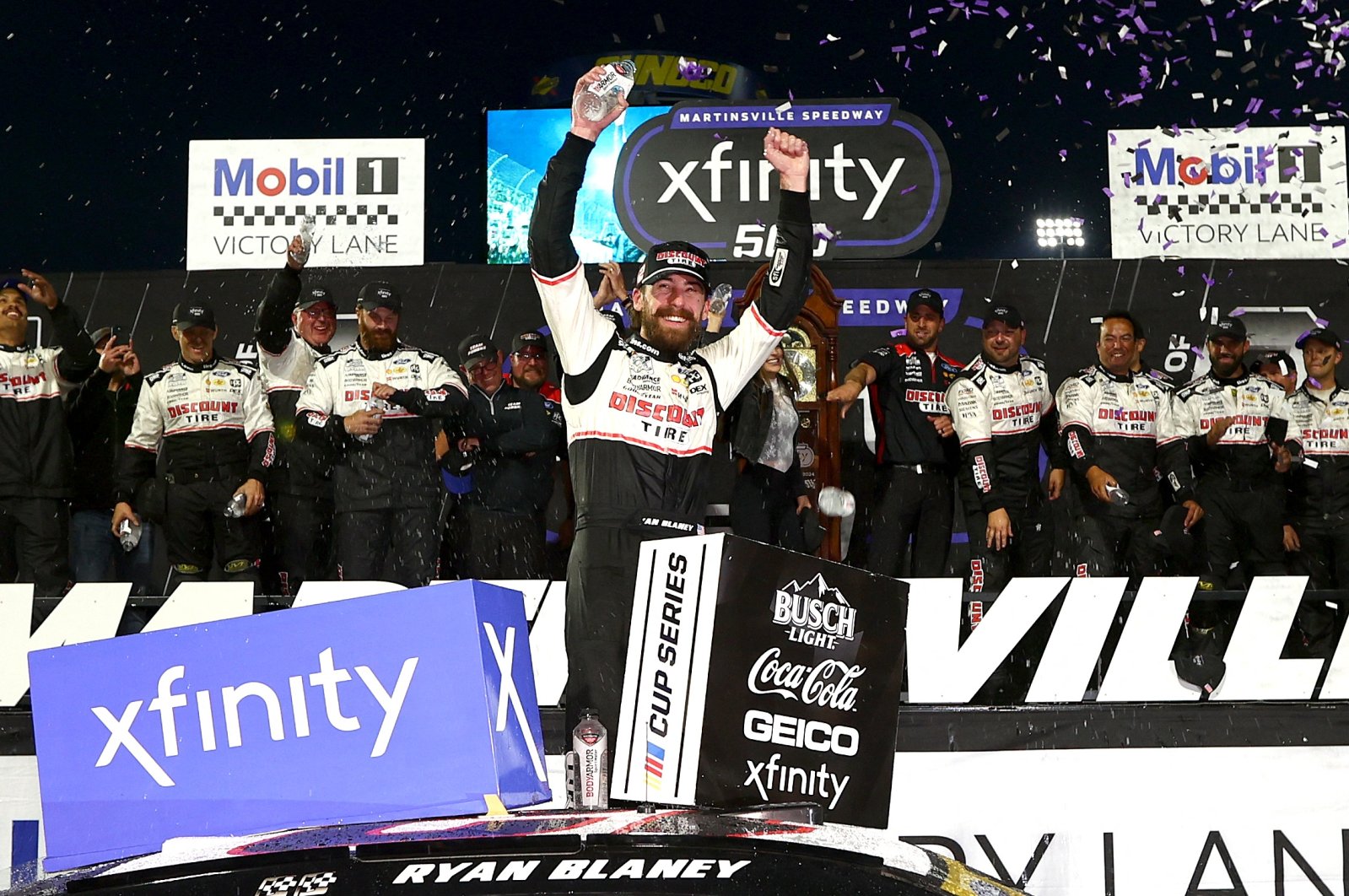
To eliminate a problem, addressing the source is the most effective approach. When putting out a fire, it’s better to target its base than just the flames.
That’s why NASCAR’s decision to impose penalties for the race manipulation incident at Sunday’s Xfinity 500 in Martinsville was puzzling – it seemed as though the sanctioning body aimed the extinguisher at the flames instead of the source.
On Tuesday, NASCAR suspended crew chiefs, spotters, and team executives from Trackhouse Racing’s No. 1 team, Richard Childress Racing’s No. 3 team, and 23XI Racing’s No. 23 team after all three teams influenced the results of the race and, by extension, the NASCAR Cup Series playoff standings.
The drivers of those cars – Ross Chastain, Austin Dillon, and Bubba Wallace – were docked 50 points and fined $100,000.
Let’s not mince words: The drivers, crew chiefs, and spotters for those teams did have a significant hand in manipulating the results of both the race and the playoff picture, but they are not the root cause of the problem.
Earlier in the race, Ryan Blaney made contact with the lapped car of Shane van Gisbergen while racing William Byron for a crucial position on the track. Blaney’s contact with van Gisbergen sent the New Zealand native’s Chevrolet into Byron’s, damaging the toe link of Byron’s No. 24.
As the field lined up for a late-race restart, van Gisbergen’s spotter told him, "Don’t forget what the No. 12 did to you earlier," referencing the contact Blaney made with van Gisbergen earlier in the race.
That message is common in NASCAR, especially at short tracks, but it was the sentence that followed that exposed the murky waters in which the race was held.
The next words from van Gisbergen’s spotter? "That message is from Chevrolet."
Van Gisbergen did not make contact with Blaney or affect Blaney’s race in the closing laps.
That radio evidence, combined with archived communications from the No. 1 team of Chastain and the No. 3 team of Dillon, is enough to indict Chevrolet, as are the suspicious circumstances and radio communications surrounding Wallace’s No. 23 team and Toyota.
But NASCAR’s penalty report on Tuesday seems to directly blame team personnel for the transgressions that took place, rather than addressing the source.
Manufacturers have, of course, been ingrained in NASCAR since its inception. The appeal of stock-car racing for automakers is the "Win on Sunday, Sell on Monday" strategy that is the cornerstone of NASCAR’s business and sponsorship models.
Factory teams in NASCAR appeared early in the sport’s history, and today, the top teams like Joe Gibbs Racing, Team Penske, and Hendrick Motorsports are considered key partners of their respective manufacturers.
This was a case of NASCAR – a sport more reliant on brand identity and consumerism than any other – being afraid to bite the hand that feeds them, despite a pile of incriminating evidence suggesting that a more direct approach would be a more effective punishment.
If NASCAR wanted to take a stand and shake those in Detroit to their core, what penalties could they hand out?
For a start, stripping points in the manufacturer standings. Those standings aren’t closely followed by the fanbase, but the manufacturers themselves can point to them as tangible evidence that their vehicles are superior to the competition.
But to truly hurt teams, taking away assets on the competitive side of the sport would be the strongest stance. Taking away allotted time in the wind tunnel or at test sessions directly impacts manufacturers in their quest to gain competitive advantages.
With no rules or penalties currently in place to punish the manufacturers and executives who ultimately make these decisions, NASCAR officials must hold discussions over the offseason regarding the future.
It’s true that NASCAR can’t exist without a healthy relationship with its manufacturers, but if that relationship means manufacturers can walk all over the sanctioning body, it’s far from healthy.
NASCAR needs its manufacturers like its cars need fuel, but at some point, it needs to draw a line in the Daytona sand: Race manipulation has no place in the world’s premier stock-car racing organization, regardless of who instigates it.
NASCAR chose to try and put out the fire by spraying the flames. If it wants to stamp out any future instances of race manipulation before they have a chance to form, targeting the root cause would be a great place to start.
